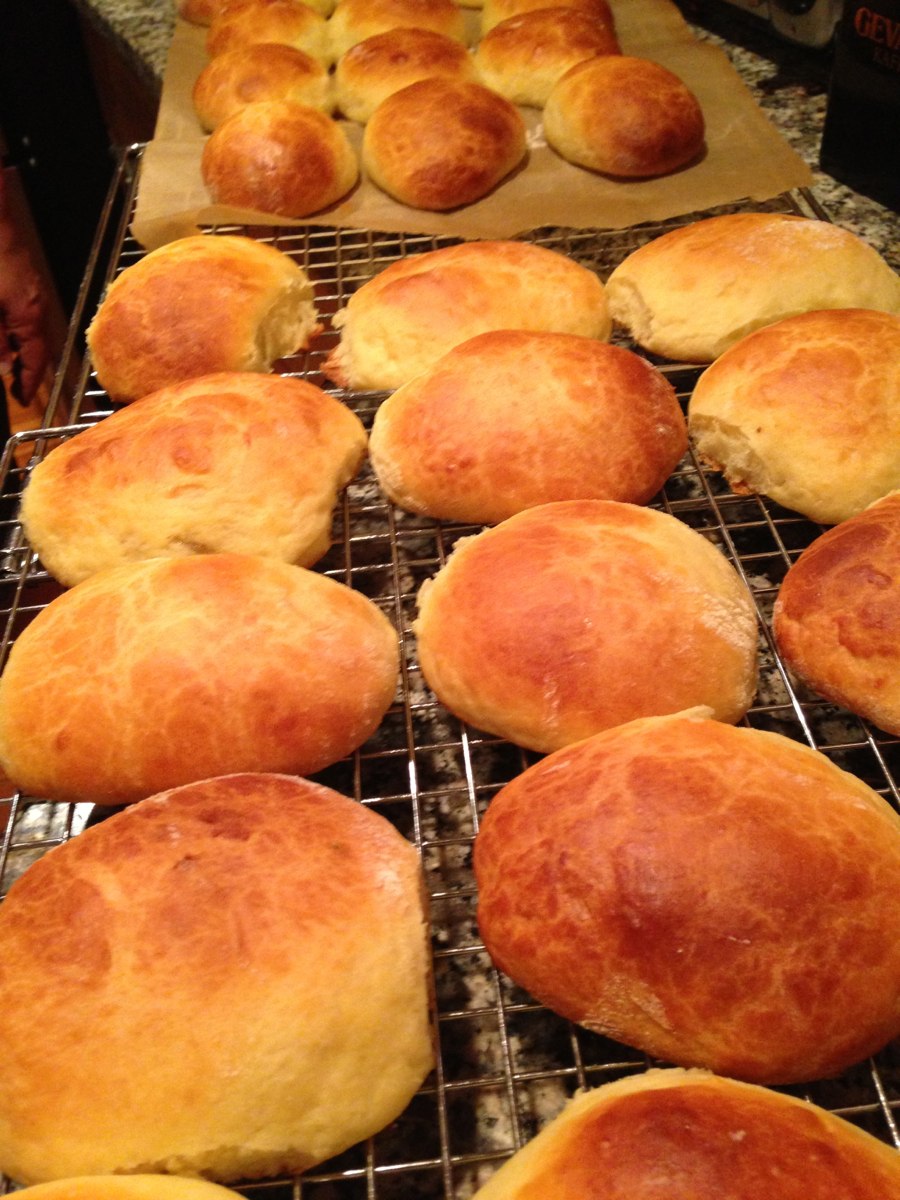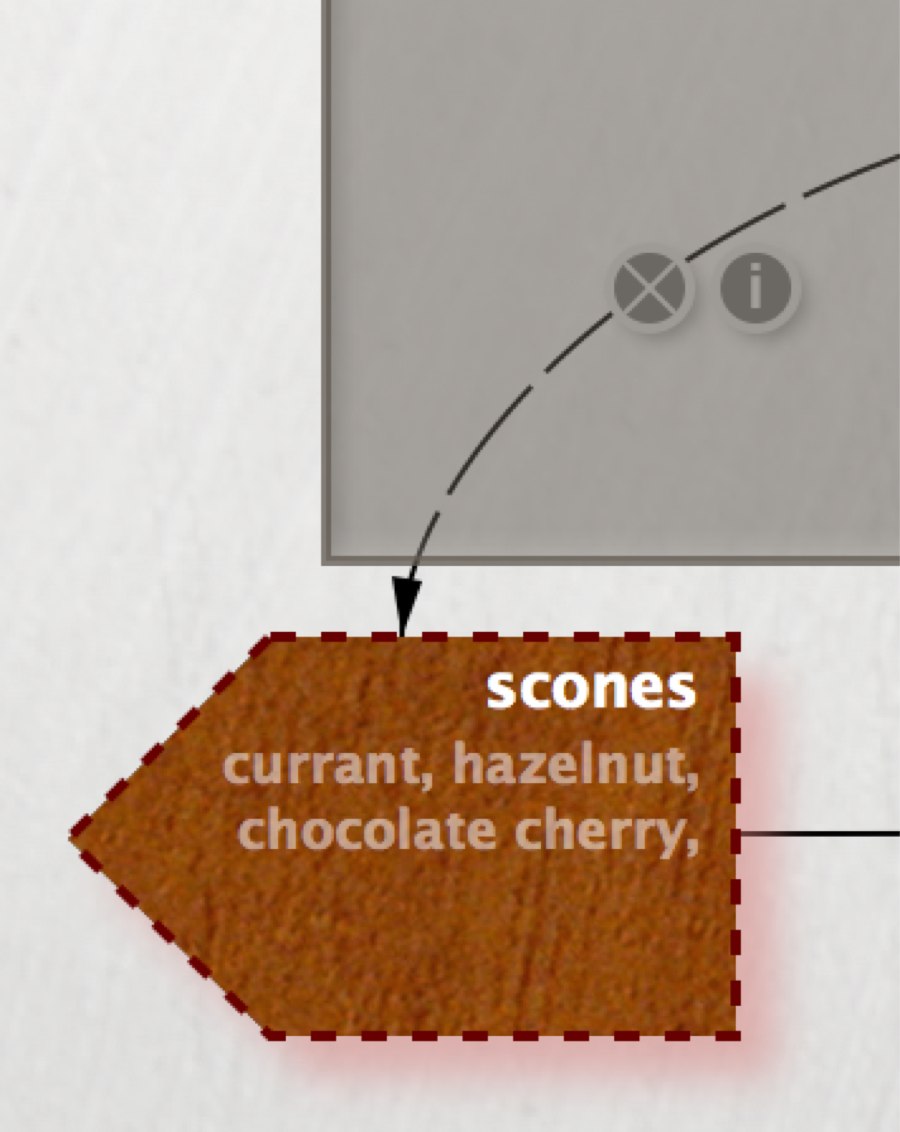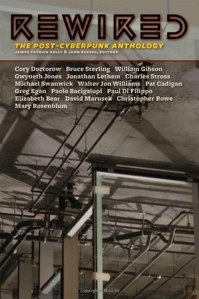I just finished a big night of baking for the Markey campaign volunteers in Malden and Medford. That’s light breakfast for 100, on site for a 6am start. I haven’t done cooking like this before.

Some observations:
- We’re cooking for the blue team. It’s good to prepare for vegetarians and all sorts of dietary restrictions. So we did apricot kolaches for people who don’t want sausage.
- I think it’s a good thing to feed volunteers well, and to be seen to be making an effort. This works even for people who aren’t hungry.
- I’m lousy at plating and presentation. Linda saved the day, but next time this needs more attention. It’s not being fussy, I think, but showing that care has been taken.
- Campaigns here used to send beef stew around to the election workers at the end of the day. That’s an idea that might be worth revisiting.
- Both the Warren and the Markey campaigns were very strong at getting local coordinators to pay attention to observable, objective metrics: calls made, doors knocked. That’s good. But we could use more focus, I think, on making volunteers welcome and building connection. Markey has a nice line, speaking about how his mother used to recall the Depression and how something important changed in the nation after 1932. “My mother had a name for that change. And it was, ‘Democrats.’”
- Egullet is a terrific resource. Particular thanks to Prasantrin (member since 2003), who suggested the sausage roll, and Jaymes (member since 2002), who focused on kolaches. Thanks too to twitterers @sfkeydel, @akiva, @JamesFallows, and @PavelHadrecky for finding the definitive pronunciation.
- Cooking at this scale can make you feel salty as hell. “Step 1: melt a pound of butter.” Or, “Weigh out 10 oz of flour from a 5lb bag. Pour the rest of the bag into the mixing bowl.”
- Adding a half pound of top-shelf bacon (fried fairly crisp and diced) to a batch of biscuits makes a very nice savory snack. These were good cold and they didn’t get stale — both issues I worried about.
- I used the kolaches recipe that Jaymes recommended, scaling up 4x. The stated yield was 64 kolaches and we baked 64, with 1.3oz dough left over. The orthodox Texas recipe calls for cheese, mustard, and jalapeño, which I thought might not suit New England tastes on a hot and muggy morning; I used a andouille sausage and a teaspoon of fig preserves and they came out a treat.
- The big 6qt Kitchen Aid can actually knead 6 quarts of dough.
- For the scale at which I typically cook, a double batch is not really more work than one. If you’re baking a pie, you can bake two and it takes no longer. But a task like this one strains resources. I realized — almost too late — that I might be over the capacity of the mixer. That turned out OK, but then I needed to let the bread rise. Even my seldom-used Big Mixing Bowl was going to be way too small for that. But — ta da! — there’s always the stockpot. Stockpot: the final frontier.
- An energetic dough, even retarded in the refrigerator, can blow the lid off the stockpot and make quite a mess.
- It’s humbling to think that a big production like this is just everyday cooking in the business. I did 5 dozen (plus 4 focaccia and 32 scones). The Crazy Kolache Lady does 20 dozen every day, solo.
- On the weekend, I made my usual scone batches, which yield eight scones, and halved each scone before baking because lots of people would rather try two little scones than one big one.
- On election day, I scaled up the scone recipe 50% and made each batch into two small cakes instead of one big one. Still generates 16 scones, but the pieces are more regular in size.
- For the weekend, I made two kinds of scones. For election day, I stuck with currant: some days, it’s better to have fewer options.
- It’s terrific that, in a pinch, one can fall back on eGullet and YouTube for all kinds of cooking data. When I mixed it, the kolache dough seemed far too slack; in fact, I poured it from the mixer into the stockpot, which makes it a batter and not a dough. I knew I was doomed, and my usual baking advisor was on a plane to Texas. What to do? Panic? Throw myself on the mercy of the King Arthur hotline? Then I thought to look at YouTube, where it turns out there are half a dozen demos of kolache baking, and yes, their dough looks awfully slack, too. Asking Google for advice about working with very slack dough was helpful — Google is often terrible at cooking questions but here the technical term “slack dough” weeds out link farms like Allrecipe and Food Network.
- Answer: flour your hands and it will work out. Slack and sticky dough is very forgiving, too: separate two pieces of baguette dough and try to push them together and they’ll tell you: “We once were together but you have torn us asunder and we will never be whole again.” Do it with kolache dough and they will unite in one integrated pillow of lively dough. No worries.



